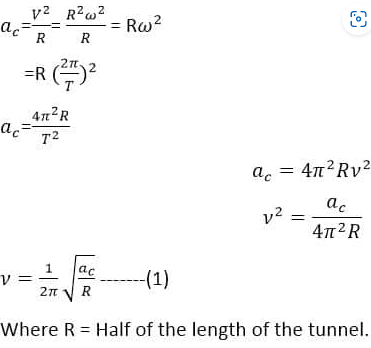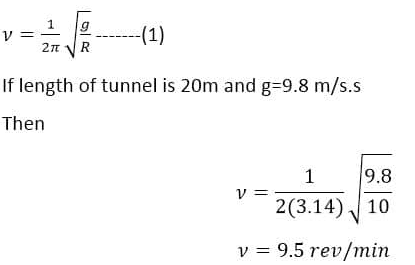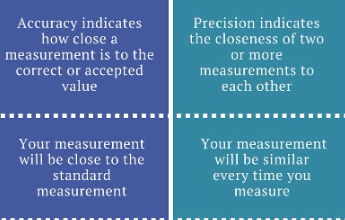Artificial gravity : Definition & Formula
Artificial gravity definition
Artificial gravity is produced by rotating a spacecraft about its own axis. The satellites or objects become weightless, this produces a lot of difficulties for astronauts. To overcome this difficulty this gravity is produced in the satellite.
Weightlessness in space crafts or satellites is highly convenient to an astronaut in many ways. For Example, he can not drink in it. It is very difficult for him to perform experiments.
In order to overcome these difficulties, artificial gravity is created in the spacecraft by spinning it around its own axis so that the normal force of gravity can be supplied to the occupants in the spacecraft.
To find the spinning frequency, spacecraft consisting of two chambers connected by a tunnel of length “2R”.If “ν”
be the frequency of the tunnel and “T” be its time period then.
ν = 1/T
The magnitude of the centripetal acceleration “ac” which is equal to the magnitude of the centrifugal acceleration given by:

To create artificial gravity equal to the gravity at the surface of the earth, put ac = g in equation (1)

Thus the astronaut should feel comfortable in spacecraft if it is spinning at 9.5 revolutions /minute at a distance of 10 m away from the axis of rotation.
